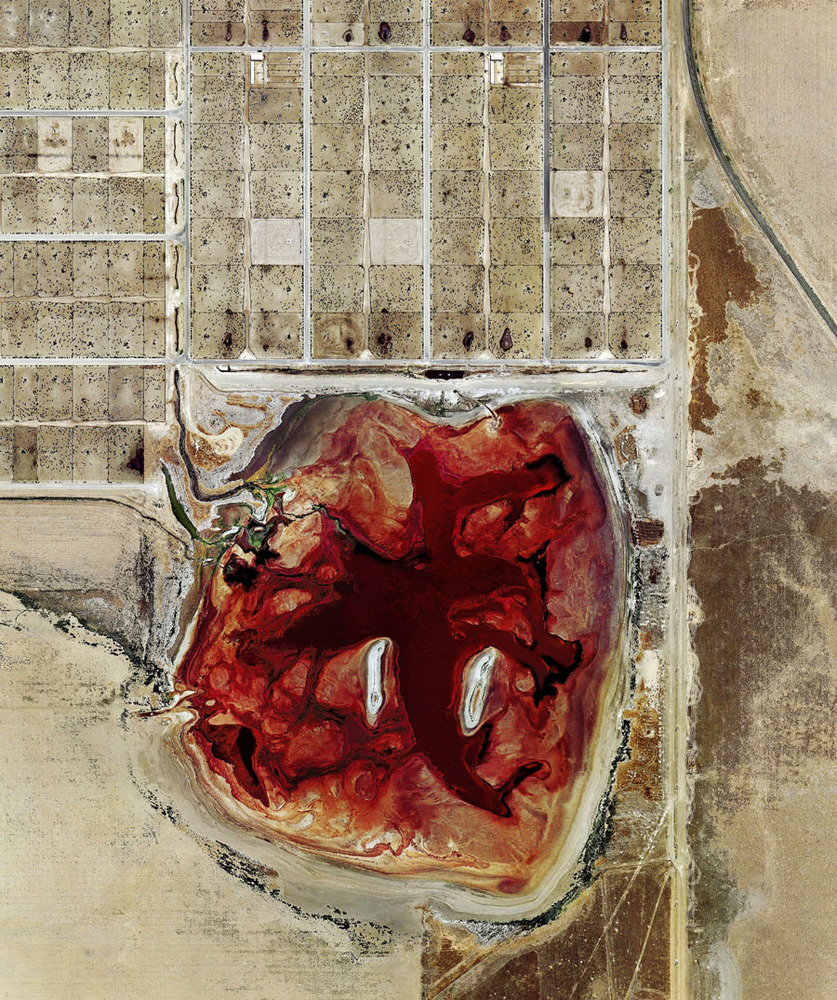WARNING: some pictures in the following post may be graphic and/or offensive.
 |
| One of Saud Hunter's controversial pictures on Instagram |
A week or two ago, I was surfing my Instagram feed and I stumbled upon a very interesting page owned by a Saudi man in Africa, named Saud Hunter (I’m not sure Saud is his real name, and I wasn't able to find his last name). I was drawn to his page because of the pictures he posted, pictures of him playing with lion, black leopard, and cheetah cubs. But he also posts pictures like these:
Yes, I know. That’s gross. And he’s received tons of heat for posting these pictures, and for hunting altogether. But I'm going to talk about Mr. Saud and why we should hold off our criticism later on. For now, let’s take a look at some pictures that are even more concerning than a dead antelope.
 |
| Aerial view of Coronado Feeders, Texas, by Mishka Henner |
This informational video seems to paint feedlots in, at the very least, a neutral light. But in my opinion Henner’s pictures speak the truth: feedlots are bad for so many reasons. Most of these reasons can be placed under two categories, since feedlots are damaging to the environment's health and to the consumer's health, not to mention to the poor cow.
Let's first look at another of Henner's pictures and consider the environmental impacts of a CAFO. (This source from the CDC is even better for more information.)
 |
| Tascosa Feedyard, Texas |
So the pool looks disgusting because it smells disgusting. But the liquefied manure can also seep into groundwater or run off during heavy rains to pollute rivers and wells, contaminating them with bacteria like E. coli and killing fish populations. As we know, water is becoming an increasingly more valuable resource in our world of nearly 7 billion people. Water is not something we can afford to sacrifice to the unhealthy practices of CAFOs.
Next, I'd like you to consider the effect that beef from a feedlot might have on the consumer (i.e. you and me). As you can see, the cows have no access to grass, living close to each other and walking around in their own manure. Because this lifestyle tends to lower their immune response, the cows are also given antibiotics. Sustained use of antibiotics presents the risk of creating antibiotic-resistant foodborne bacteria, like Salmonella, that may be transmitted to humans. Also, I'm willing to bet that the cows are fed GMO (genetically engineered) grains, which is a story for another day but is also a point of contention when it comes to consumer health.
In all honesty, it's not really known whether or not meat from feedlots is unhealthy in itself, excluding the possibility of foodborne diseases, or even if antibiotic-resistant bacteria poses a significant public health risk. But even so, I'd like you to look at the pictures above and think about whether or not that looks like the origins of delicious, natural meat in comparison to sustainable, smaller, free-range farms.
So which is grosser now? Saud’s antelope or a Texas feedlot?
Please keep this post in mind when I examine Saud Hunter's situation soon.
No comments:
Post a Comment